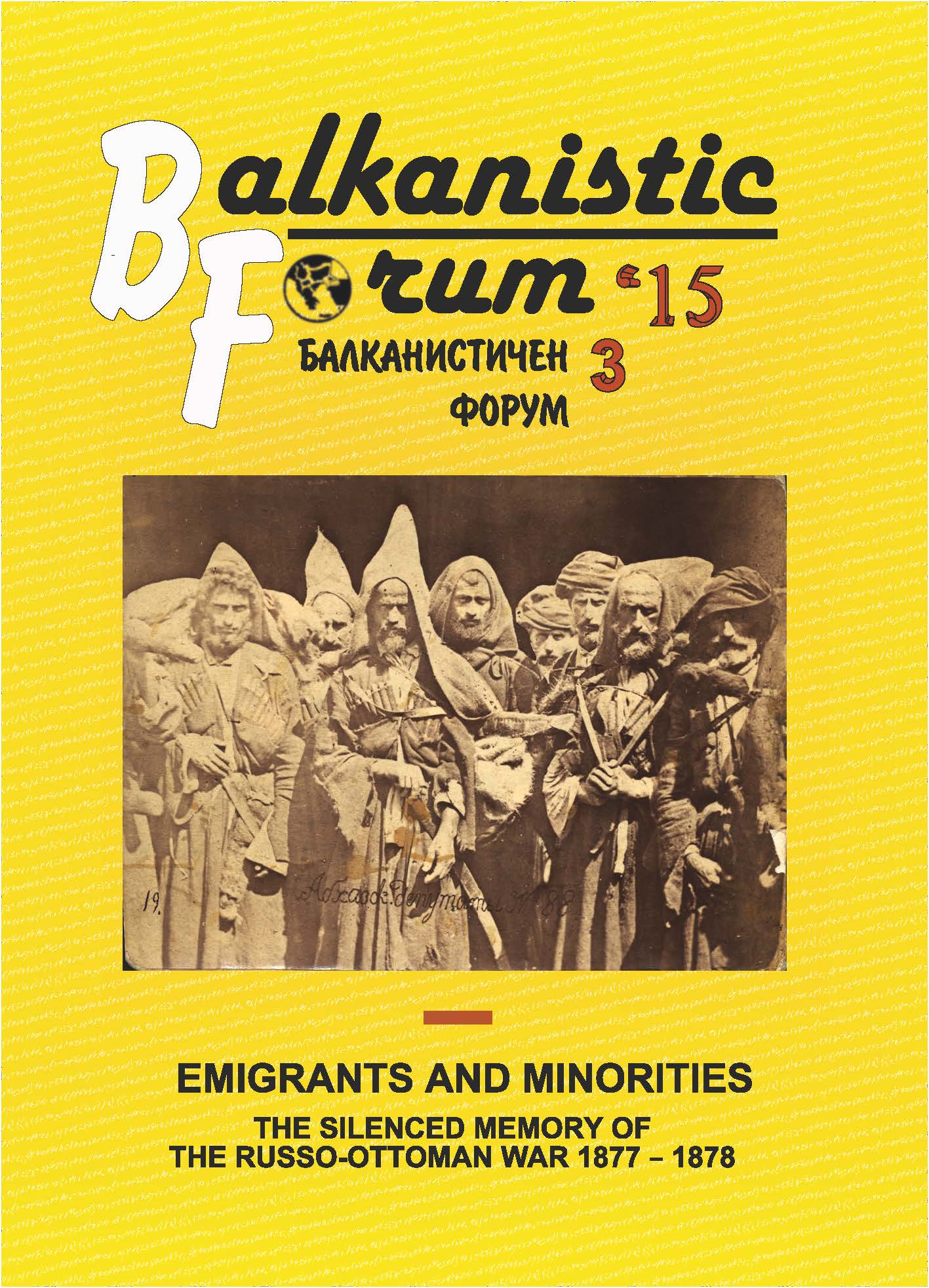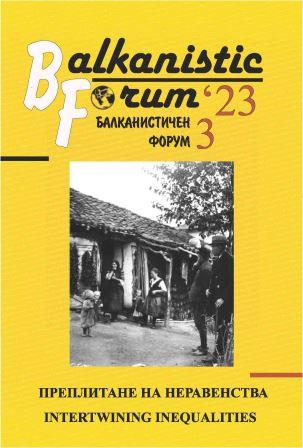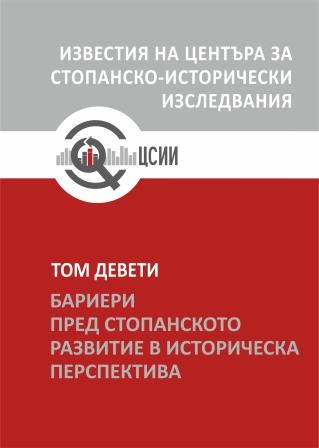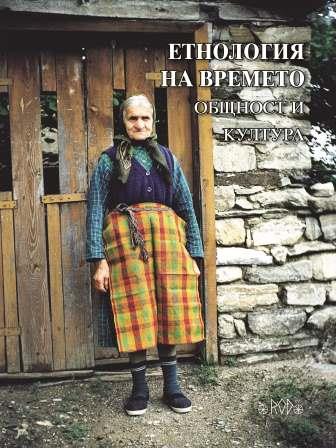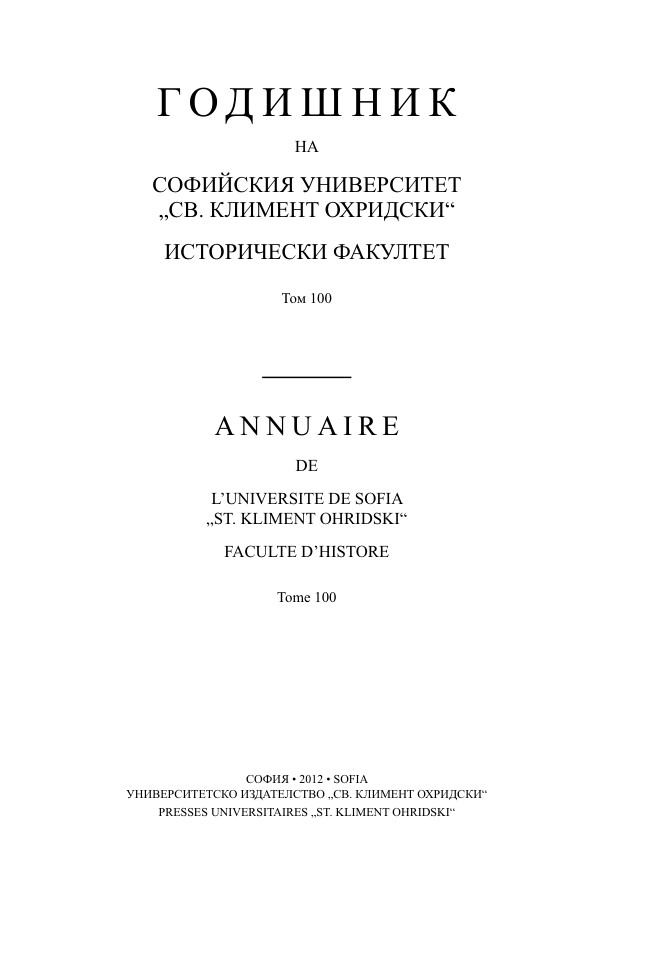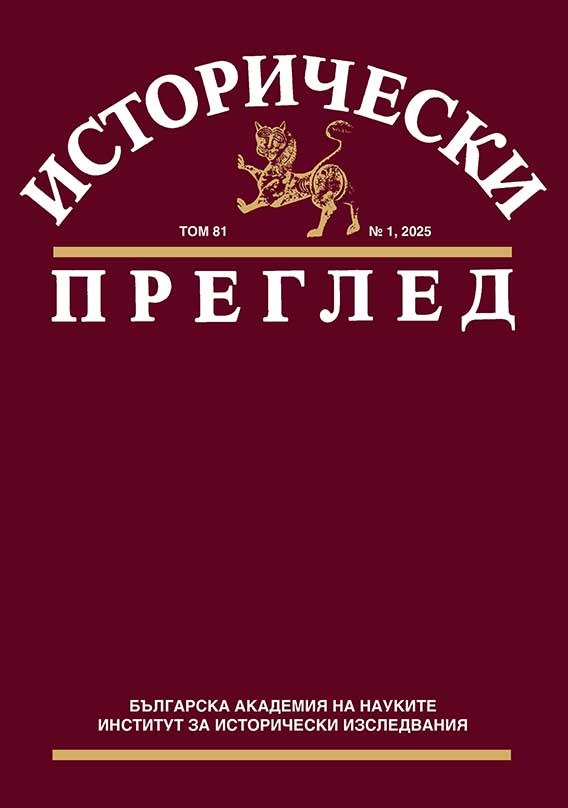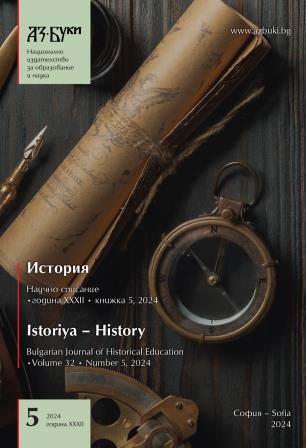Author(s): Veselin Goranchev / Language(s): Bulgarian
Issue: 1/2024
The publication is a continuation, supplement, and summary of several previous studies devoted to the economic relations between the company „Hadzhi Mincho Tsachev and Company“ from Tarnovo and the Tapchileshtov brothers (Hristo and Nikola) in their trade in metals (copper, iron, and steel), tallow of animal origin, and buffalo hides. This publication provides information on the exchange of other goods and raw materials between the mentioned contractors: raw silk, cordovans, wheat, yellow cheese, caviar, coffee, olive oil, and soap. It also presented information about the assistance that the Tapchileshtov brothers (mainly Hristo Tapchileshtov) have provided to the partners in the Tarnovo company in their activities on the purchase and exploitation of state sources of revenue. The present publication, as well as the preceding ones, is prepared mainly based on previously unused Greek-language documents (letters and transcripts of letters). The research method is thematic-chronological. The conclusions we reach are: The information on the topic of the relations between the trading company „Hadzhi Mincho Tsachev and Company“ and the Tapchileshtov brothers is fragmentary, and it is not possible to make a complete analysis of the trade exchange that has taken place between them (quantities of goods sent, their value, financial turnovers, respective profits, etc.). It can be assumed that the beginning of the economic relations between the company „Hadzhi Mincho Tsachev and Company“ and the Tapchileshtov brothers was established in 1847. The exchange of goods is two-sided. The Tapchileshtovi brothers (together or independently) sent to their partners in Tarnovo the following raw materials and goods: metals, caviar, coffee, olive oil, soap, and dye. The Tarnovo company sent to the Tapchileshtovi brothers (to both or one of them): tallow, buffalo hides, raw silk, cordovans, yellow cheese, wheat and possibly corn. The economic operators in question also carried out commission activities. The Tapchileshtovi brothers assist the company „Hadji Mincho Tsachev & Company“ in its activities on the purchase and exploitation of state revenue sources. This is what Hristo Tapchilestov is mainly involved with. The documents testify that the contact between the Tarnovo company and the Tapchileshtovs lasted until the spring of 1855, i.e., until the murder of Hadji Mincho.
More...
